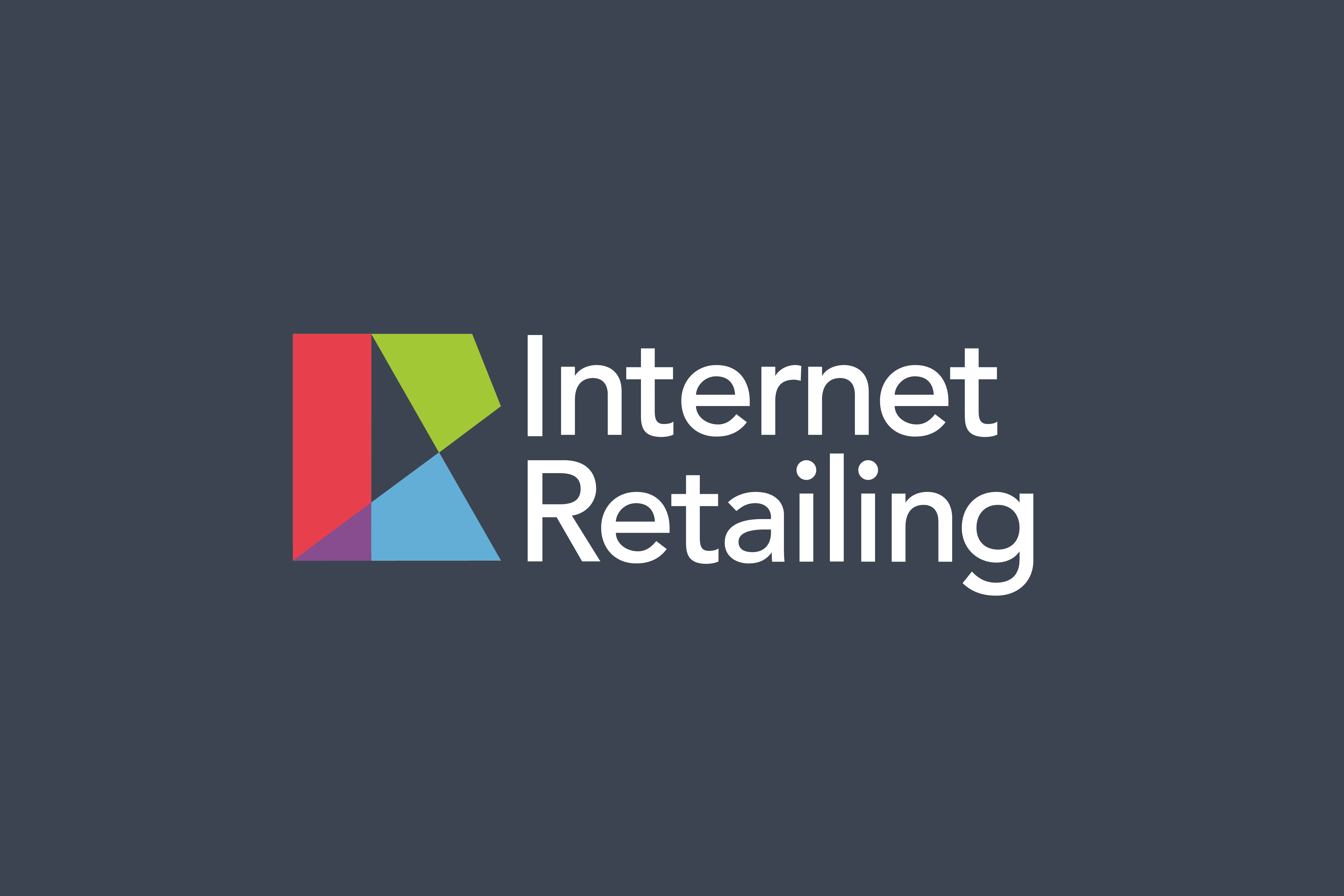Successful retailers need to focus on five key areas, most of which exploit the benefits of a customer driven supply chain, according to a new report from LCP Consulting.
The report, Integrating the retail supply chain, suggests that retailers focus on the following areas:
- Customer expectations: the goalposts keep moving – Retailers need to respond and innovate in an increasingly tough environment, as multiple technology, demographic, economic, and social factors change customer interactions.
- The emerging focus on service – Even stronger than price emerges a new focus on Customer Service along with a consistent brand offering, across channels as keys to driving customers to purchase.
- The customer-driven supply-chain concept – This is increasingly being developed by retailers, who recognise that integration is key to putting customer needs right at the heart of their proposition.
- The benefits of a customer driven supply chain – Those retailers putting customers at the heart of their supply chain and have taken the time to understand them, are reaping the benefits – in sales and profitability.
- Implementation challenges – The benefits of implementing a customer-driven supply chain are clear, but challenges include technology and systems implementation, cost investments, and the complexity of effective cross-functional execution.
The LCP report also found that winning retailers are going one step further to delight their customer, by integrating and shaping their supply chain to service customers’ needs profitably. This focus has now extended to a much deeper understanding of costs in four areas: optimising stock availability; minimising inventory holding, reducing overall fulfilment costs and effective returns management.
The report suggests that Inventory Deployment is the new maxim: getting the right stock in the right place at the right time to deliver stock availability and sales – while at the same time minimising fulfilment costs and the overall risk on markdown and clearance at the end of the season. This approach can often achieve a 3-5% improvement in net margin, increase sales potential, and reduce working capital, according to LCP.
In the report, twice the number of retailers from the previous year (34% compared to 16% in 2015), cited reduced fulfilment costs as one of the top three advantages to an integrated business model. The report says that a prime example of changing operating models to reduce costs is the increasing trend towards fulfilment of click and collect orders from store stock.
Stuart Higgins, retail partner at LCP Consulting, said: “Of course, fulfilling from store stock requires a greater accuracy of the store stock file and real-time visibility of this stock. But, once achieved, it is far cheaper and more reliable to replenish click and collect orders from store, than to route them through a central fulfilment centre for onwards shipment to store.
Supplier direct delivery – where suppliers deliver to the customer directly on the retailers’ behalf – can also generate a higher overall net margin and lead to significantly less operational risk for the retailer, especially for slower moving products. However, use of this channel needs careful consideration to ensure service standards and brand values are maintained consistently,” he said.
Image credit: Fotolia









